Page 2 of 2
Re: Playing with parblues
Posted: Sun Oct 28, 2012 2:47 am
by Ring0Neck
Re: Playing with parblues
Posted: Sun Oct 28, 2012 1:12 pm
by Recio
Hi Ben,
I think that this bird is, as labeled, an IndigoBlue.
I have not yet seen any Zaphire pic but this pic does not match the description of Azure phenotype.
Hope Molossus will post the pic in the days to come.
Regards
Recio
Re: Playing with parblues
Posted: Fri Nov 02, 2012 11:00 am
by Sherjil
Recio wrote:Hi Sherjil,
As I wrote above the offspring is one lutino, one albino and 3 creamino (turquoise-SL Ino). The 3 creamino are exactly the same phenotype but the different ligth incidence can make appear one or the other ligther than the others. Those are not my birds but from a friend, so I will not be able to take more pics with different views for a while.
Regards
Recio
Hi Recio;
Do you mean that the offspring will have have exactly the same parblue pattern as its SF parent (provided other parent doesn't have parblue)
Below snaps for your review and comments :-
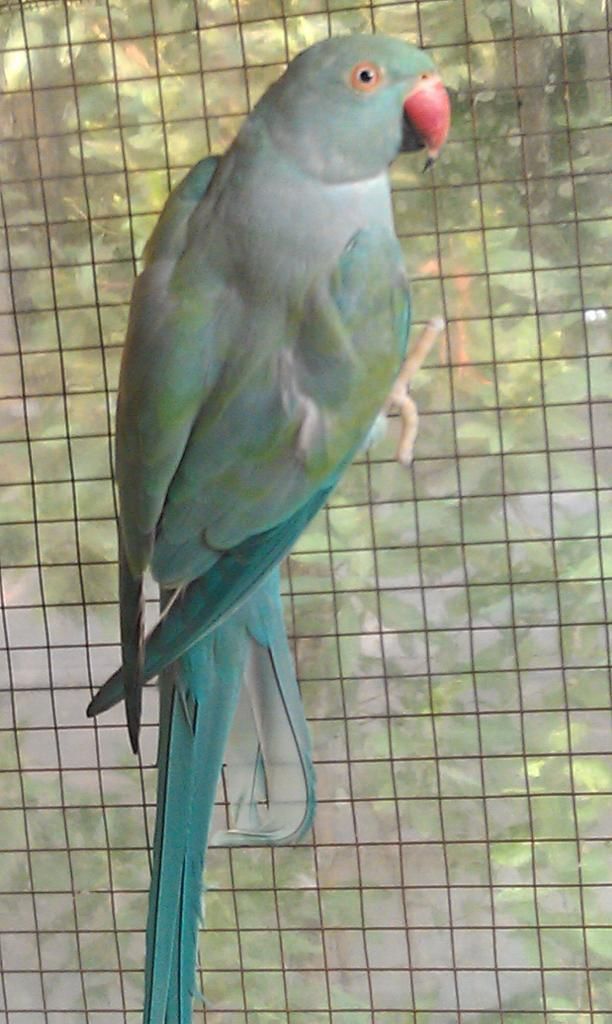
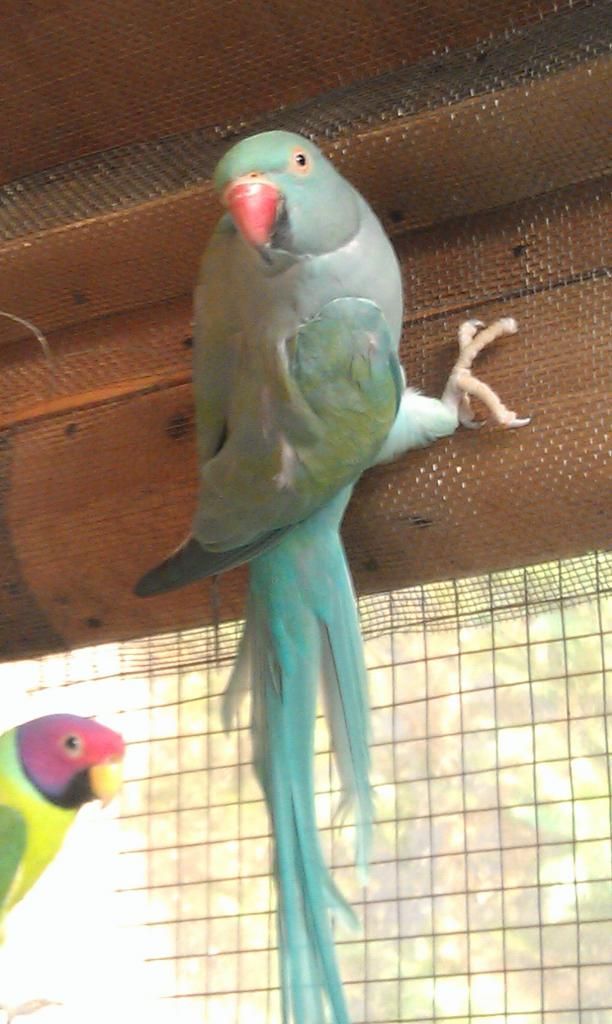
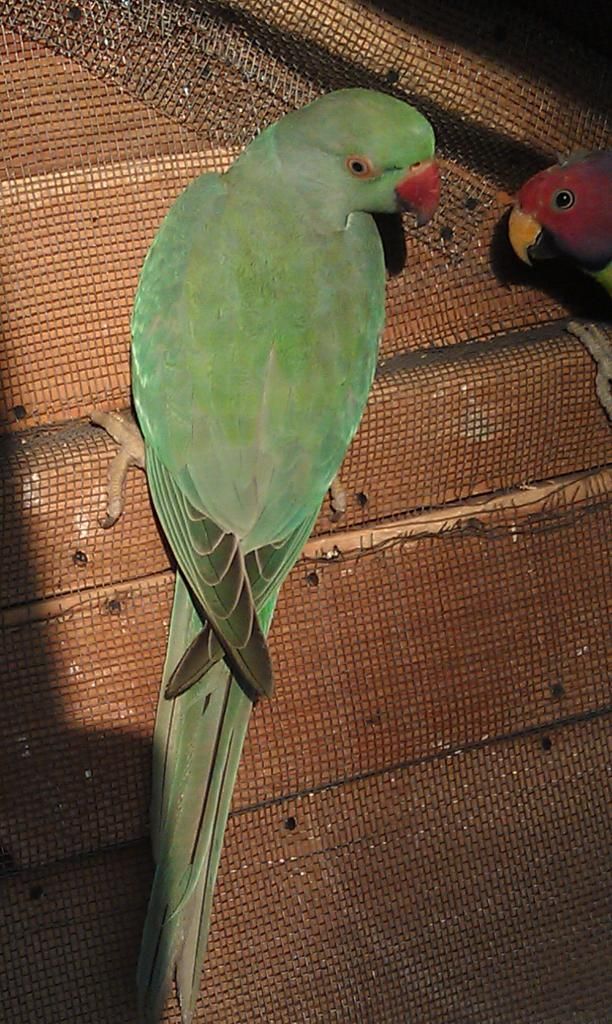
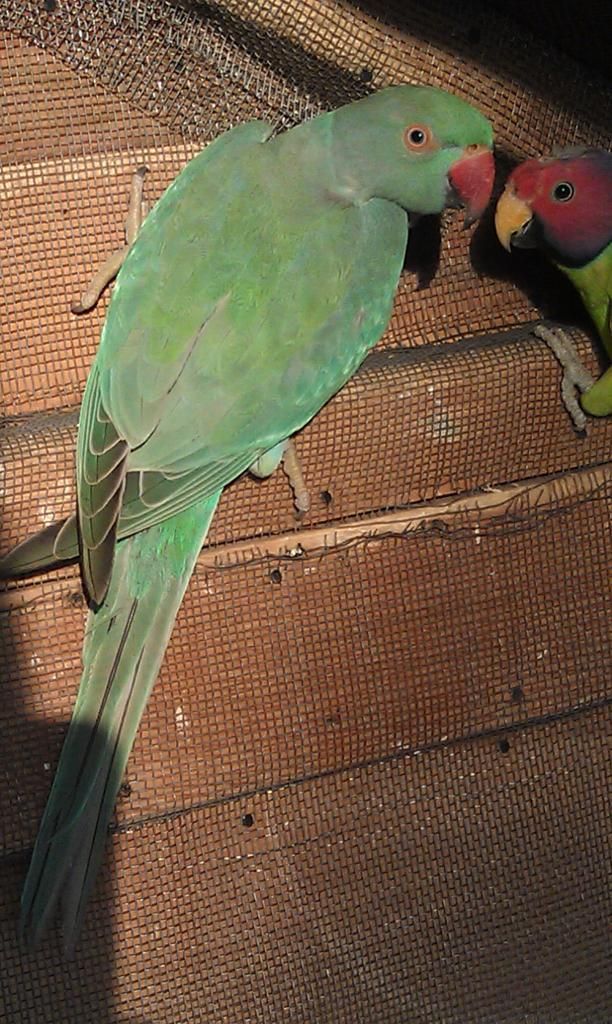
The first two snaps are of SF parblue hen & below two are of its SF parblue offspring (now around 8 months). Father is a blue & the clutch had 5 chicks 3 blue and 2 parblue.
Although the photos might show diff lighting conditions but the offspring is definitely different from its mother in terms of parblue feather pattern and overall shade. The mother has parblue feathers on its side wings while its flights and tail feathers are solid blue. The chick has parblue feathers on its back while its flights and tail feathers are pale green.
Over all the chick looks more greener than mother. I am not sure if this will change after its first annual molt but for now both birds have different pattren & overall shade.
Re: Playing with parblues
Posted: Sat Nov 03, 2012 5:16 am
by Ring0Neck
Mick has a Saphire Cinnamonblue pic on his website.

Re: Playing with parblues
Posted: Sat Nov 03, 2012 5:48 am
by Johan S
Sherjil wrote:AThe mother has parblue feathers on its side wings while its flights and tail feathers are solid blue. The chick has parblue feathers on its back while its flights and tail feathers are pale green.
That might be related to the age difference. Do all the parblue chicks look the same, though? That would give a better indication of whether the mutation is "stable" or variable.
Re: Playing with parblues
Posted: Sat Nov 10, 2012 8:09 pm
by Ring0Neck
Re: Playing with parblues
Posted: Sun Nov 11, 2012 9:45 am
by Sherjil
Johan S wrote:Sherjil wrote:AThe mother has parblue feathers on its side wings while its flights and tail feathers are solid blue. The chick has parblue feathers on its back while its flights and tail feathers are pale green.
That might be related to the age difference. Do all the parblue chicks look the same, though? That would give a better indication of whether the mutation is "stable" or variable.
Thanks Johan;
There were two siblings which were parblue but I only kept back one and sold the other one ; however until both siblings were with me they both looked similar.
Re: Playing with parblues
Posted: Sun Nov 11, 2012 10:00 am
by Sherjil
molossus wrote:Sherjil Hi,
In my opinion the chicks will eventually reflect a greater percentage of green than the mother. It will spread to the wings and the existing areas will increase as well. by the end of the second year the birds will have largely colored up. Is it possible that the sire is carrying turq also? It will be interesting to monitor and update the level of increase and the genetic stability/variability.
Hi Molossus;
Thanks for your reply. I am dead sure the sire doesn't have turquoise in it, please see below snaps of the male bird :-

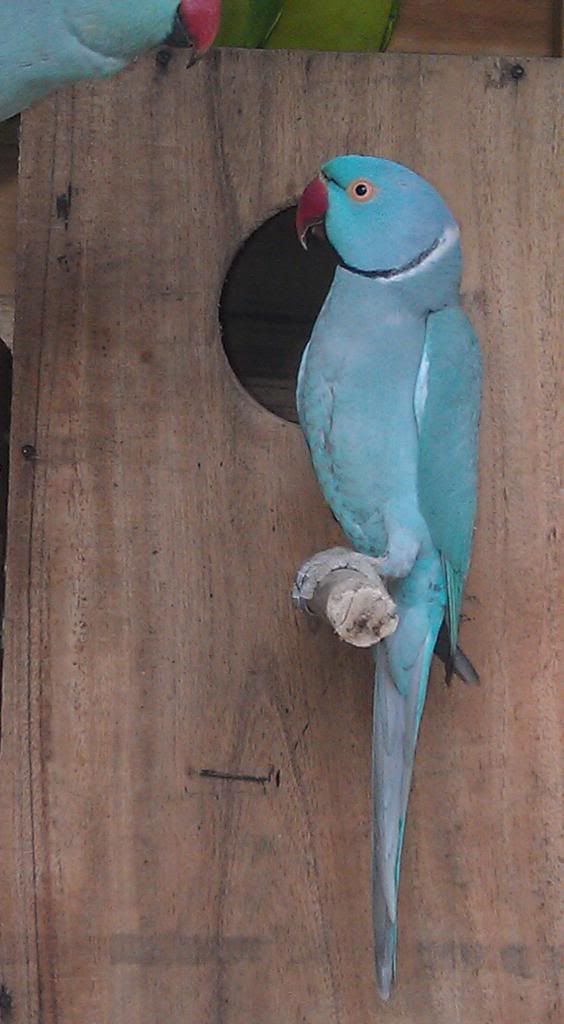
Just another query , is it possible that if this young is a male (which until now I am not sure) thats why it has a higher concentration of parblue feathers than its mother ? I am keeping this young with me so hopefully I will post updated snaps in future.











